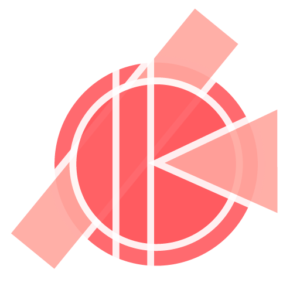John C. Baez ; Kenny Courser ; Christina Vasilakopoulou - Structured versus Decorated Cospans
compositionality:13517 - Compositionality, September 1, 2022, Volume 4 (2022) - https://doi.org/10.32408/compositionality-4-3- 1 Department of Mathematics, University of California, Riverside CA, USA 92521
- 2 Centre for Quantum Technologies, National University of Singapore, Singapore 117543
- 3 Department of Mathematics, University of Patras, Greece 265 04
One goal of applied category theory is to understand open systems. We compare two ways of describing open systems as cospans equipped with extra data. First, given a functor $L \colon \mathsf{A} \to \mathsf{X}$, a "structured cospan" is a diagram in $\mathsf{X}$ of the form $L(a) \rightarrow x \leftarrow L(b)$. If $\mathsf{A}$ and $\mathsf{X}$ have finite colimits and $L$ preserves them, it is known that there is a symmetric monoidal double category whose objects are those of $\mathsf{A}$ and whose horizontal 1-cells are structured cospans.
Second, given a pseudofunctor $F \colon \mathsf{A} \to \mathbf{Cat}$, a "decorated cospan" is a diagram in $\mathsf{A}$ of the form $a \rightarrow m \leftarrow b$ together with an object of $F(m)$. Generalizing the work of Fong, we show that if $\mathsf{A}$ has finite colimits and $F \colon (\mathsf{A},+) \to (\mathsf{Cat},\times)$ is symmetric lax monoidal, there is a symmetric monoidal double category whose objects are those of $\mathsf{A}$ and whose horizontal 1-cells are decorated cospans. We prove that under certain conditions, these two constructions become isomorphic when we take $\mathsf{X} = \int F$ to be the Grothendieck category of $F$. We illustrate these ideas with applications to electrical circuits, Petri nets, dynamical systems and epidemiological modeling.
Comment: 39 pages, version for Compositionality

